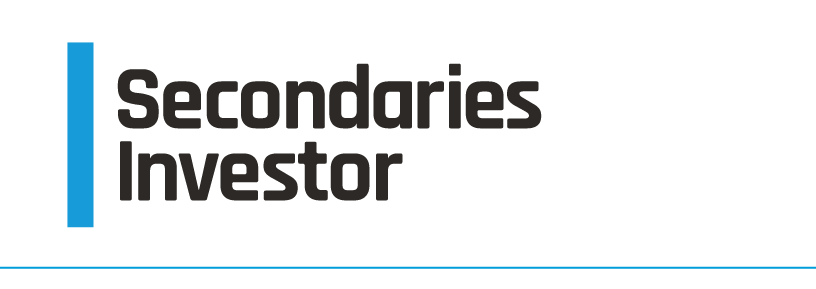
Chris Witkowsky
Secondaries advisory has become a desired function at investment banks, and many smaller, mid-market focused financial institutions brought on secondaries talent in recent years.
The deal is an example of the kind of complex transactions LPs can use to capture liquidity from their private equity programmes at a time of slow exit activity.
LP sales continue to drive secondaries activity as limited partners look for ways to capture liquidity from their illiquid PE portfolios amid a slowdown in distributions.
A panel of LPs at PEI's NEXUS 2024 summit discussed trends and themes in private equity, including the use of secondaries to rebalance portfolios.
While demand among GPs for liquidity options to pay back LPs in older funds is strong, the limiting factor is the relatively small pool of capital available for such deals.
The hires come as secondaries advisory groups shift and expand, with some places growing their capabilities to meet increasing demand for transactions such as continuation funds and LP portfolio sales.
While GP-led inventory is high, the capital chasing such deals remains limited to a small universe of buyers.
Smaller discounts to NAV mean there is a potential window of opportunity that some LPs want to take advantage of before market dynamics change.
GP-led deals represented about 44% of the approximately $109bn in total volume last year, with single-asset transactions representing the majority of such deals.
Many limited partner institutions either have used the secondaries market to sell fund stakes, or are ready to hit the market with sales as soon as pricing hits the right level.














